20 Jan Gartner’s 2020 Predictions – Multichannel Citizen Engagement
In 2019, Gartner announced their top 10 identified government technology trends for 2019/2020. Predictions are hard, especially when they’re about the future, and it’s pretty likely that Gartner hadn’t factored in an impending worldwide pandemic when they wrote these, but let’s kick off a new year and revisit them for completeness, rate them in terms of relevance, and see how Dinode’s xMS platform incorporates each of these elements.
Trend #3 – Multichannel Citizen Engagement
Gartner Says:
Governments that meet citizens on their own terms and via their preferred channels, such as in person, by phone, via mobile device through smart speakers, chatbots or via augmented reality, will meet citizen expectations and achieve program outcomes. According to a 2018 survey, more than 50% of government website traffic now comes from mobile devices
I’m sure we’ve all had the experience of trying to complete a form on your phone that was very clearly designed for a PC. Government is particularly bad at this – the prevalence of PDF forms that were originally paper forms, that weren’t scanned right and don’t fill in properly… and then validation scripts that don’t work, because they’re waiting for a mouseOver event that never triggers… Did I mention that mobile device traffic has been more than 50% of all internet traffic since 2018?
Around that time, a lot of government software was touted as “Mobile Accessible” which was a buzzword way of saying – “well, you can technically do it on your iPad… maybe?” Government software has been slow to adapt to this reality, and COVID-19 and the resultant stay-home culture has made this more clear than ever.
“Multichannel Citizen Engagement” also has buzzword energy – but what it means is delivering the experience that we all want – an experience tailor made for the device that you’re on. That means that the website you’re on doesn’t expect you to be able to right-click something when you’re on your iPad. It doesn’t ask you to install Adobe reader for windows on your Android phone. We’ve all seen how annoying these things can be. It leverages the features of your phone if you’re on your phone. It gets your location if the device you are on supports that. If Gartner is predicting that people will be happier if governments stop trying to get us to do things with the wrong tools, well – I can see how they might have arrived at that conclusion.
As for chatbots or augmented reality – I’m sceptical on the efficiency of those platforms right now. If I was trying to pay my council rates, well… I don’t want to have to explain that to Alexa. I don’t even like paying bills, and I really don’t want to have to battle through menus with a virtual chat-bot to do it. So, while there’s definitely an argument to be made for multi-channel delivery, and that can include delivering content down some of these unorthodox channels, I think it’s always prudent to stick to the best platform for getting the job done. In some cases, when it comes to government, that be some VR platform? (Spoiler: Nope)
From a system design perspective, separating the content from the delivery method is now not just a good idea, it’s a critical design goal.
When it comes to xMS, we knew we wanted to build a Software as a Service (SaaS), cloud hosted solution; where all our data and presentation logic are separated by an API layer. We made the assumption early on that platform designers (that’s people who are building their management systems using the xMS Platform) would be working on a desktop PC. But we wanted the applications that they designed to be available to everyone, on any platform. So, we chose a common framework that’s been built specifically to address this issue. The framework we’re using is called material-ui, and it’s built on top of Material Design, which is a design language built by Google.

Material is an adaptable system of guidelines, components, and tools that support the best practices of user interface design. Backed by open-source code, Material streamlines collaboration between designers and developers, and helps teams quickly build beautiful products.
Material Design is not just beautifully laid out, it also has an innate familiarity to it, as its design principles are common across a lot of interfaces, including all Android phones and devices. So as a result, things tend to be in the place that you expect them to be, and the end user experience is a lot nicer. A big shout out to the Marmelab team for their efforts with React-Admin – which has saved us loads of time so far in getting the platform functional.
We also decided early on to cater for mobile devices and responsive layouts – so that an interface for a phone is laid out and displayed differently to a tablet or a desktop PC. As an example, our grid layouts become cards when you view them on a phone. App Designers in xMS can control how forms and layouts are handled on each device, building the right experience for each form factor.
 Our UX design is still evolving, but we’re confident we’ve put the right fundamentals in place to be able to target multiple channels as they become more important.
Our UX design is still evolving, but we’re confident we’ve put the right fundamentals in place to be able to target multiple channels as they become more important.
Our Rating:Mostly Relevant
Making people use the wrong tool to do something is crazy making. As part of the broad initiative towards digital transformation, designing all information to be accessible and targeted to the kinds of devices they’re using daily just makes sense. Separating system content and design can also mean support for other more novel channels( like chatbots and VR), but just because you can do those things doesn’t mean that you should. And there’s a risk that focusing solely on all in one responsive design might leave better served channels like native apps neglected.
If you’d like to chat with us about how xMS powered apps can help with fit in with your approach to multichannel citizen engagement, please get in touch!




Sorry, the comment form is closed at this time.